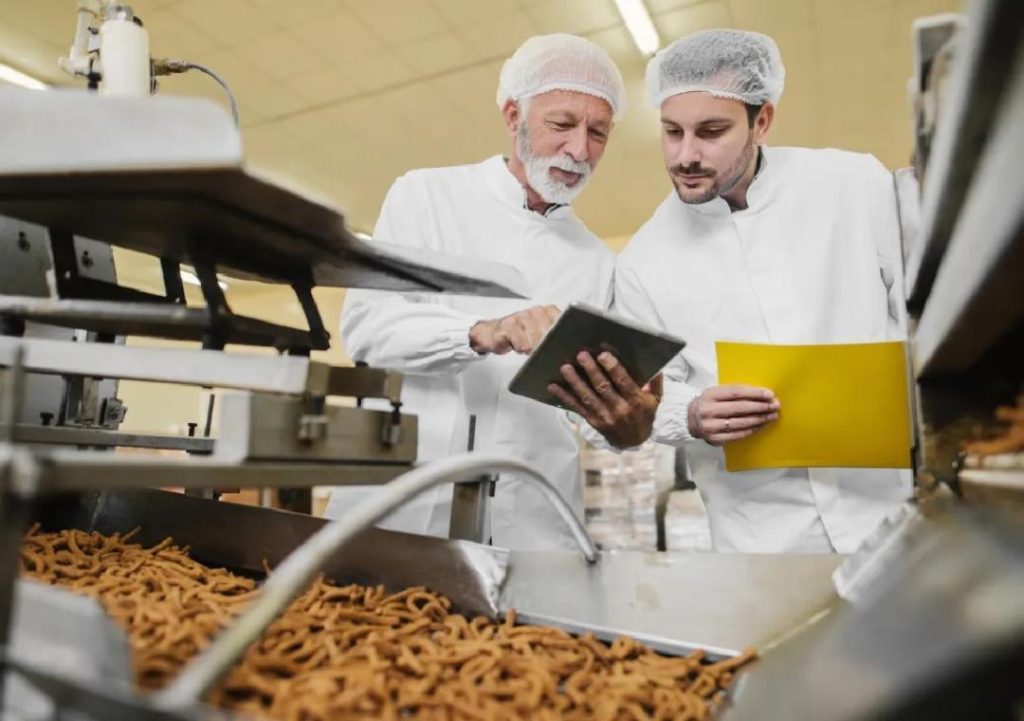
Can P&L Optimisation Redefine Success in Food Technology?
The food technology industry has witnessed significant growth in recent years, driven by increasing demand for convenient, healthy, and sustainable food options. As a result, food tech companies are under immense pressure to optimize their operations, reduce costs, and improve profitability. One key area where food tech companies are focusing to achieve success is Profit and Loss (P&L) optimisation.
P&L optimisation involves streamlining profit and loss operations by leveraging automation, smart inventory systems, and data analytics. These tools enable food tech companies to cut waste, sharpen demand forecasting, and support better decision-making. By adopting scalable models, businesses can boost margins, ensure sustainable growth, and stay competitive in the industry.
In this blog post, we’ll delve into the world of P&L optimisation in food technology, exploring the challenges, benefits, and strategies that companies can adopt to achieve success.
Challenges in Food Technology P&L Operations
Food technology companies face unique challenges in managing their P&L operations. These challenges include:
- Complex Supply Chains: Food tech companies often rely on complex supply chains, involving multiple vendors, suppliers, and distributors. Managing these relationships and ensuring timely delivery of raw materials can be challenging.
- Seasonal Fluctuations: Food products are often seasonal, leading to fluctuations in demand. This makes it difficult to manage inventory and production levels.
- High-Waste Generation: Food production involves significant waste generation, which can lead to increased costs and reduced profitability.
- Limited Visibility: Food tech companies often struggle with limited visibility into their operations, making it difficult to track inventory, monitor production, and respond to changes in demand.
Benefits of P&L Optimisation in Food Technology
P&L optimisation can bring numerous benefits to food technology companies, including:
- Cost Savings: Optimising P&L operations can help companies reduce waste, lower production costs, and improve supply chain efficiency, leading to significant cost savings.
- Improved Forecasting: By leveraging data analytics and machine learning algorithms, companies can improve demand forecasting, reducing the risk of overproduction or underproduction.
- Increased Efficiency: Automation and smart inventory systems can streamline operations, reducing manual errors and increasing productivity.
- Enhanced Decision-Making: With real-time data and analytics, companies can make informed decisions, responding quickly to changes in demand and market trends.
Strategies for P&L Optimisation in Food Technology
To achieve P&L optimisation, food tech companies can adopt the following strategies:
- Implement Automation: Automate manual processes, such as inventory management, supply chain tracking, and production scheduling, to reduce errors and increase efficiency.
- Invest in Data Analytics: Leverage data analytics and machine learning algorithms to improve demand forecasting, optimise production levels, and reduce waste.
- Optimise Supply Chain: Streamline supply chain operations by partnering with reliable vendors, implementing just-in-time delivery, and reducing inventory levels.
- Implement Smart Inventory Systems: Implement smart inventory systems that track inventory levels in real-time, alerting companies to potential shortages or overstocking.
- Develop Scalable Models: Adopt scalable business models that allow companies to adapt to changes in demand and market trends.
Case Study: How Food Tech Companies are Achieving P&L Optimisation
Several food tech companies are already adopting P&L optimisation strategies to improve profitability and competitiveness. For example:
- FreshRealm: A food tech company that uses automation and data analytics to streamline its P&L operations. By implementing smart inventory systems and demand forecasting algorithms, FreshRealm has reduced waste by 30% and increased profitability by 25%.
- The Better Meat Co.: A company that uses machine learning algorithms to optimise its production levels and reduce waste. By leveraging data analytics, The Better Meat Co. has reduced its production costs by 20% and increased its revenue by 15%.
Conclusion
P&L optimisation is a critical component of success in the food technology industry. By streamlining P&L operations, food tech companies can reduce costs, improve efficiency, and increase profitability. By adopting automation, smart inventory systems, and data analytics, companies can achieve sustainable growth and stay competitive in the industry.
As the food technology industry continues to evolve, it’s essential for companies to focus on P&L optimisation to achieve success. By adopting scalable models, companies can adapt to changes in demand and market trends, ensuring long-term growth and profitability.
News Source:
https://www.growthjockey.com/blogs/p-and-l-operations-in-food-tech






